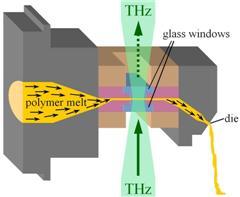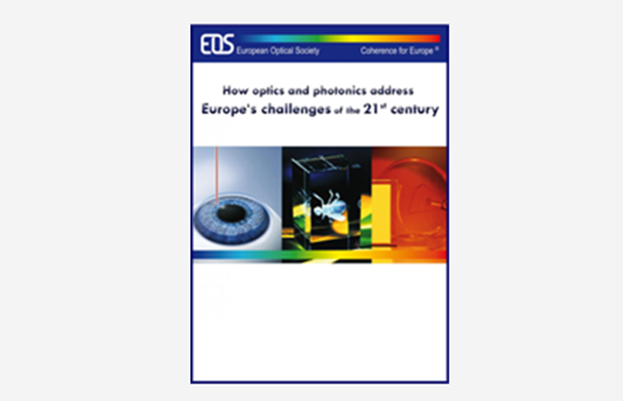New quasi-optical components based on polymeric compounds overcoming the current imaging limitations of production monitoring THz and sub-mm wave systems - For every kind of sunshine
Abstract:
Terahertz(THz) systems are used in many applications, e.g. online production quality control, detection of foreign bodies in foods and several of imaging applications. Terahertz-quasi-optical components such as free-space lenses or substrate-lenses are one of the essential parts of a T-Ray measurement system. The emitted wavelength is settled at a few hundred microns which is much bigger than in the optical regime. Because the dimensions of beam guiding elements, e.g. lenses, lie within the same order of magnitude, diffraction effects have to be accounted for.
So far, free-space lenses are made of high-density polyethylene, polypropylene or other polyolefines. These materials exhibit relatively small refractive indices and give rise to big lens curvatures leading to undesired aberrations. In contrast to this, conventional substrate lenses based on silicon show good functionality but are quite expensive. To overcome these drawbacks, material systems based on polymeric compounds could be a promising and low-priced alternative due to their mass production capability. Their refractive indices can be tuned to higher values by adding high-refractive substances resulting in smaller lens curvatures improving the image quality.
Our recent project aims for designing and evaluating these new quasi-optical components based on polymeric compounds in order to improve existing T-Ray measurement systems with respect to image quality, functionality and cost-efficiency.






